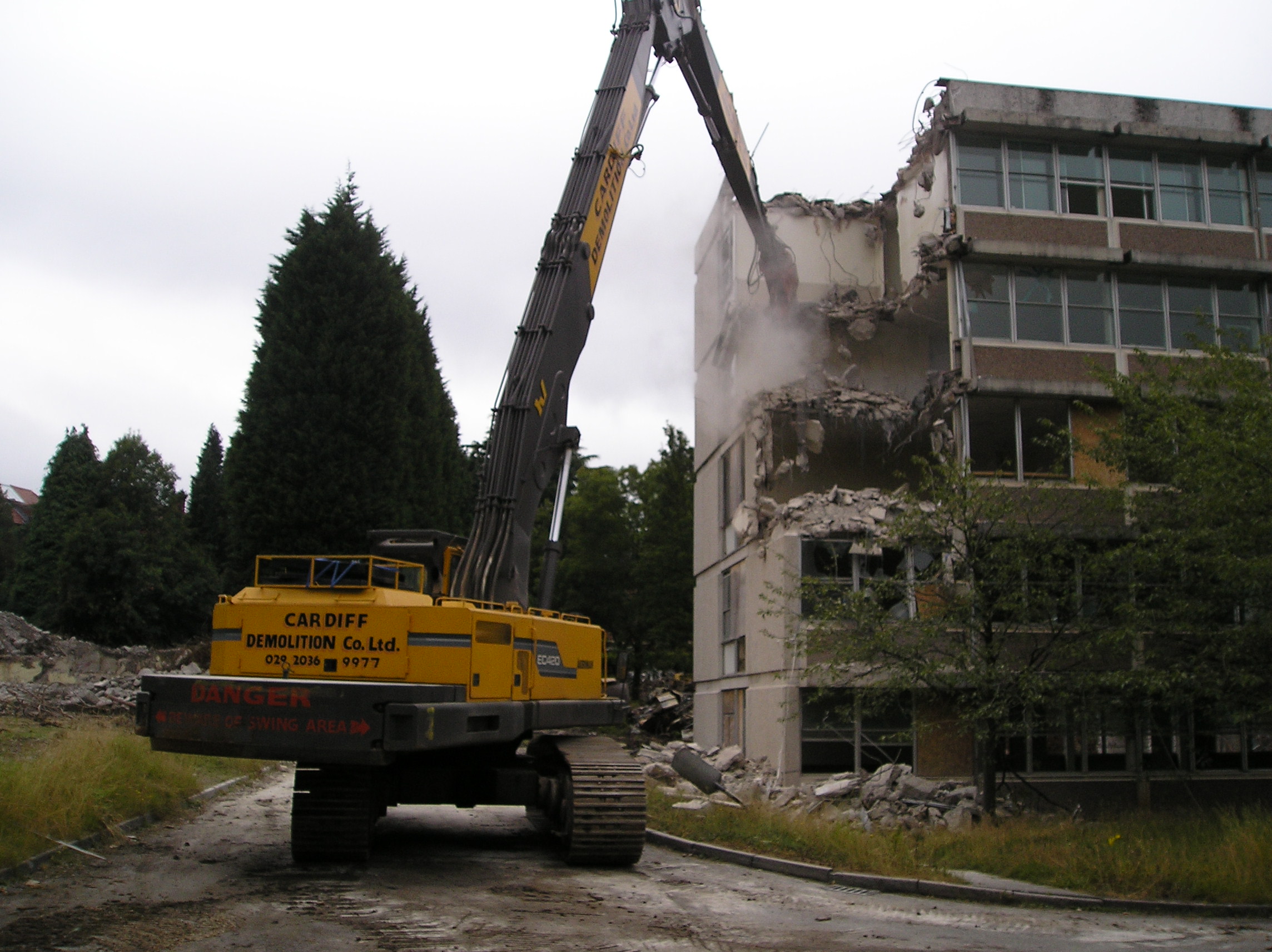Workplace Site Safety Signage Guidance
Business owners, workplaces and sites must all provide a safe and secure environment for everyone on and around premises under their control including staff, visitors, contractors and where appropriate the general public, in this article we will take a virtual risk assessment tour, look at potential risks and determine from the findings what types of signage we can mount and display which provides everyone with guidance and security whilst attending your sites. It is required by law that all employers carry out a risk assessment of workplaces under their control and where 5 or more people are employed the risk assessment must be recorded and documented.
Site Traffic Signage
Approaching your sites in vehicles it is important drivers and pedestrians fully understand where they are to attend, you will have staff that needs use the car parks, delivery drivers need to attend goods in areas, visitors need to be directed where they











